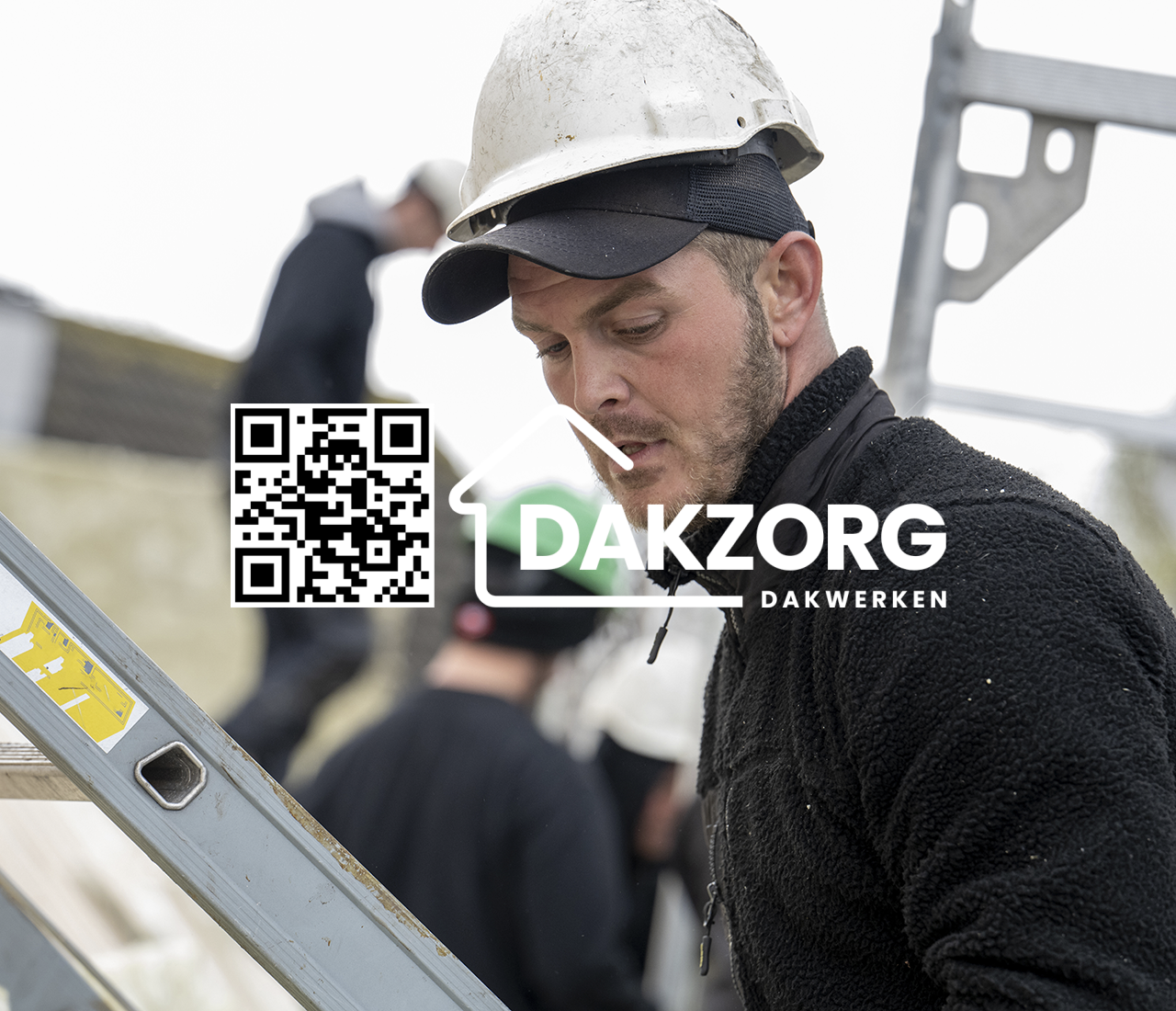Introduction
In an era where urban development is soaring to new heights, the significance of fire safety cannot be overstated. Fire ratings play a critical role in safeguarding structures against the devastating effects of fire, particularly when it comes to rooftops. Understanding fire ratings and their importance for rooftops isn't just about compliance with regulations; it's about protecting lives, preserving property, and maintaining peace of mind.
Rooftops are often the most exposed parts of buildings, susceptible to various risks including wildfires, urban fires, and even internal fires that can spread upwards. Implementing effective fire-rated materials is not merely a recommendation; it’s an essential part of architectural design and construction practices. In this comprehensive article, we will delve deep into the intricacies of fire ratings, exploring their types, how they are determined, their significance for rooftops, and best practices for implementation.
Understanding Fire Ratings and Their Importance for Rooftops
What Are Fire Ratings?
Fire ratings refer to the classification given to building materials based on their ability to withstand exposure to fire. These ratings indicate how long a material can resist burning while maintaining its structural integrity. Essentially, they dakzorg provide crucial information regarding how materials react under fire conditions.
Types of Fire Ratings
Class A Fire Rating- Class A materials have the highest resistance to fire. They are suitable for use in areas where fire risk is significant.
- These materials offer moderate resistance but can still be used in certain applications where a Class A rating isn’t feasible.
- Class C materials have less resistance and are typically used in lower-risk environments.
How Are Fire Ratings Determined?
Fire ratings are determined through standardized testing methods such as ASTM E84 (Standard Test Method for Surface Burning Characteristics of Building Materials) or UL 790 (Standard Test Methods for Fire Tests of Roof Coverings). These tests evaluate how quickly flames spread across a surface and how much smoke is produced during combustion.
The Importance of Fire Ratings for Rooftop Safety
Rooftop safety is paramount due to several reasons:
- Urban Fires: In densely populated areas, fires can easily spread from one building to another. High fire ratings help contain these risks. Wildfire Risks: For buildings located in wildfire-prone regions, employing materials with adequate fire ratings can significantly mitigate damage. Insurance Benefits: Many insurance companies offer better premiums for structures that utilize higher-rated materials.
Common Materials Used in Rooftop Construction
Understanding the different types of roofing materials and their respective fire ratings allows architects and builders to make informed choices that enhance safety:
- Asphalt Shingles: Typically rated Class A or B depending on the specific product. Metal Roofing: Often rated Class A due to its non-combustible nature. Tile Roofing: Ceramic tiles generally boast high fire resistance.
Building Codes and Regulations
Many jurisdictions have stringent building codes that specify minimum fire rating requirements for roofing systems. Compliance with these codes is not only a legal obligation but also contributes significantly to overall safety.
Assessing Your Rooftop's Fire Risk
roofing contractorEvery building has unique vulnerabilities based on its location, design, and surrounding environment. Conducting a thorough risk assessment helps determine appropriate measures needed to enhance rooftop safety.
Questions You Might Ask:
- What factors influence my rooftop's fire risk? How do I identify if my roofing material meets required fire ratings?
Best Practices for Installing Fire-Rated Roofing Systems
Selecting Appropriate Materials
Choose roofing materials that align with your local building codes while considering environmental factors unique to your area.
Installation Techniques Matter
Proper installation techniques can greatly affect the performance of fire-rated roofs. Always engage qualified professionals who understand these nuances.
Regular Maintenance Checks
Conduct routine inspections post-installation; this helps identify wear-and-tear that could compromise your roof's integrity over time.
![]()
FAQs About Fire Ratings on Rooftops
What does a Class A rating mean?- It signifies that the material has the highest level of resistance against flames spreading across surfaces.
- Not all materials undergo testing; it's essential to verify product specifications before use.
- Yes! There are retrofitting options available that allow you to enhance your roof’s resistance.
- Regular inspections at least twice a year are recommended along with checks after severe weather events.
- Many insurance providers favor buildings constructed with higher-rated materials which may lead to reduced premiums.
- If it fails during exposure, it could lead to structural damage or collapse; hence choosing high-rated options is vital.
The Role of Technology in Enhancing Fire Safety
Innovations in Roofing Materials
New technologies contribute significantly towards developing advanced roofing systems designed explicitly for improved flame resistance.

Smart Sensors: The Future Is Here!
Smart sensors installed on rooftops can detect heat anomalies early on, providing real-time alerts that allow occupants sufficient time to evacuate or control an emerging situation before it escalates into something more catastrophic.
Conclusion
Understanding fire ratings and their importance for rooftops is not just about adhering to regulations—it’s about creating safe living environments within our communities. By selecting appropriate materials aligned with high-fire-resistance standards and employing best practices during installation and maintenance phases, both homeowners and professionals can ensure robust protection against potential disasters caused by fires.
In summary, prioritizing rooftop safety through understanding and implementing proper fire-rated strategies ultimately leads us toward safer structures—ensuring peace of mind amidst the unpredictability of life itself! So let’s get out there—make informed decisions—and take those crucial steps toward enhancing our world’s safety one roof at a time!